When we think of the Douglas C-47 Skytrain, we invariably focus upon those aircraft which took part in the D-Day Invasion of June 6th, 1944. Those scenes of massed C-47s in the air, bedecked with black and white invasion stripes, leave an indelible impression of that day on one’s mind. But the type was essential to the war effort on every front in WWII, and arguably the most significant aircraft of the whole conflict – it’s reliable ability to move masses of men and materiel to almost any location asked of it were pivotal to the successful prosecution of the Allied war effort.
The dramatic nature of the D-Day invasion, and later massive airborne operations, often overshadow our memories for the exploits of those men and their C-47s who served in other combat theatres, and especially those in the South Pacific. However, there is a group in the Mallee district of South Australia which is attempting to bridge this divide – indeed, the father and sons team of Jeff, Ash and Marty Morgan is resurrecting a Skytrain with a serious Pacific Theatre combat pedigree!
Their aircraft is C-47A 41-18646. This aircraft joined the U.S. Army Air Forces at the end of October, 1942. Her theatre deployment started with the 46th Troop Carrier Squadron, 317th TCG of the 5th Air Force on December 14th, 1942, but she moved on to the 6th TCS, 374th TCG a little over a month later. According to Justin Taylan’s PacificWrecks.com, her regular pilot with the 6th TCS was S/Sgt. Ernest C. Ford of Manzanola, Colorado. Her crew chief T/Sgt. Amerigo Grassie was the only married member of the team, and his wife’s name, Irene, became the airplane’s nickname. While with the 6th TCS in the South Pacific, Irene flew many missions from her base at Port Moresby in Papua New Guinea. During this time, the aircraft wore the nose number 52.
Steven Ford added some details about his father’s flights in this C-47 on Taylan’s website noting, “My father, S/Sgt. Ernest C. Ford, was pilot of “Irene.” On the day C-47 “Early Delivery” was shot down, the Japanese were making an attempt to capture the Wau airstrip. Hundreds of Australian troops ‘Kanga Force’, ammunition and supplies were transported by the USAAF’s 54th TCW. So important was this battle, that the Department of Information of the Australian Military Forces published the brochure, The Battle of Wau, for the Australian people to know the seriousness of this battle. My father was given a battlefield commission and ended up flying the most combat missions of any USAAF pilot, 365 [Ed.over two wars]” To learn more of S/Sgt Ernest Ford’s exploits, his war diaries make for a fascinating tale! The 374th TCG, it is safe to say, was heavily engaged in the Pacific War, especially in New Guinea.
As PacificWrecks.com also notes, “This aircraft had a long history of flying resupply missions based at Port Moresby [New Guinea]. On November 3, 1942 dropped supplies over Kokoda. On February 6, 1943 flew supplies to Wau.”
Interestingly, Irene featured in a WWII news reel where she is seen in New Guinea operating as a so-called ‘Biscuit Bomber’ dropping supplies to troops on the ground.
The Australians were heavily involved in the New Guinea campaign, with the island nation being so nearby, and there were a lot of joint operations with U.S. forces. Indeed, the RAAF took ownership of several U.S. Army Air Forces C-47s during this time. Irene was one of them, officially joining the RAAF on July 11th, 1944. Rather than receive a military serial though, she joined the Australian civil registry and underwent conversion back into a DC-3 airliner configuration. This rework took place at Essendon Airport near Melbourne, Victoria. She returned to action in New Guinea, and used various different civil registrations in this role. By 1945, Irene was flying operations with Guinea Airways.
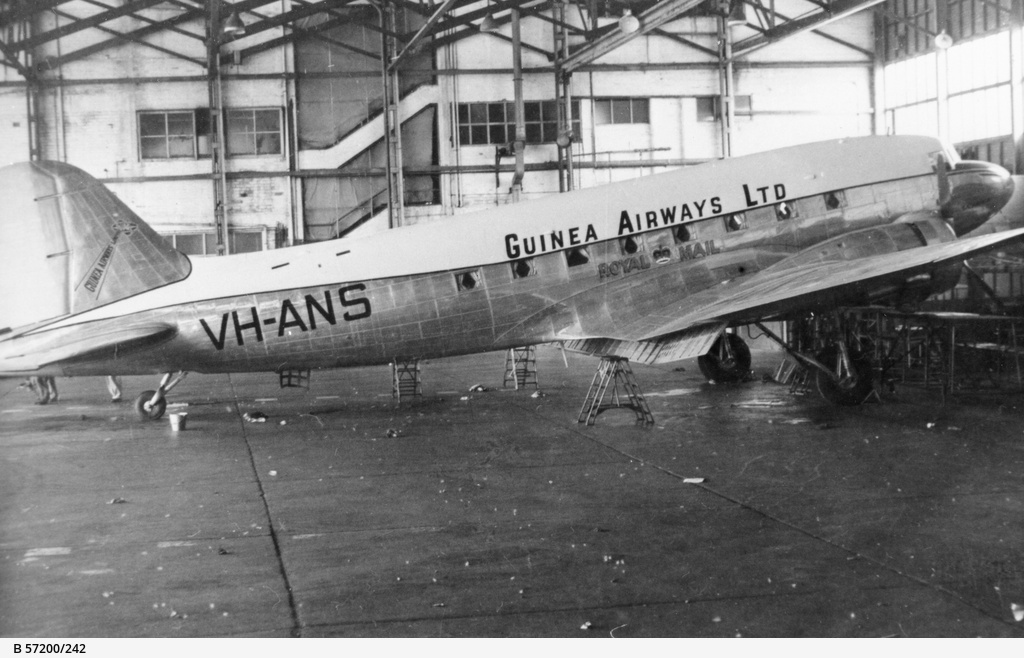
Following the war, the DC-3 moved around a lot, flying with General Cargo Australia, East West Airlines, Trans-Australia Airlines, and several other smaller operators.
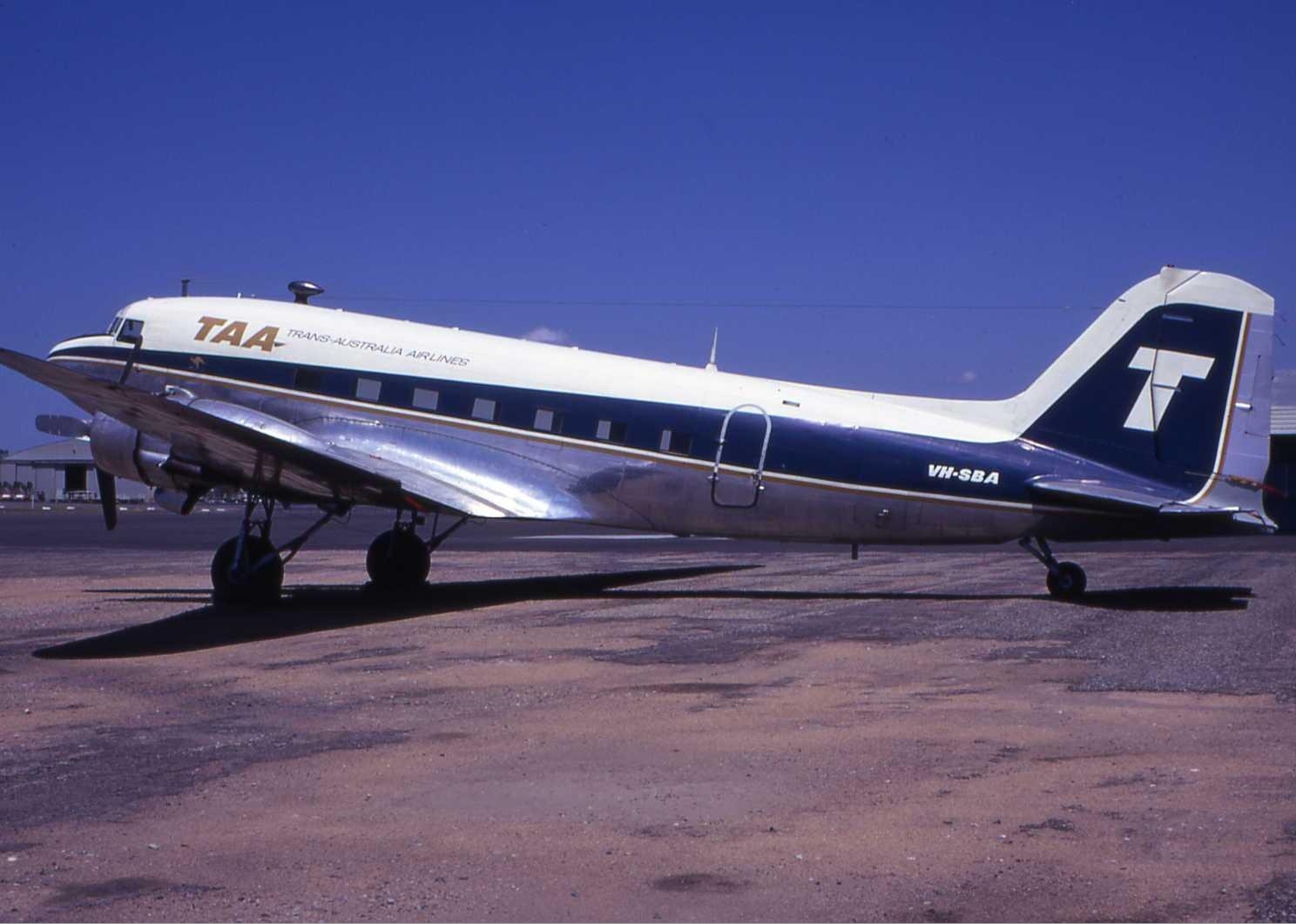
By 1973 she was with Connair Airlines, which operated in Australia’s Northern Territories. In 1974, this Dakota took part in another significant event, becoming the first aircraft to fly from Darwin following the devastating cyclone which had virtually flattened the city. She carried 25 survivors of the storm to a new life elsewhere.
Post-cyclone Irene took part in other unusual activities, taking part in survey and aerial mapping operations. She also flew with Ipec and even starred in a bawdy comedic film; Banana Airlines. Her last commercial flights involved moving fish between Essendon, Victoria and Tasmania.
She retired in 1983, and soon after, the owners of a McDonalds fast food restaurant in Adelaide acquired her as an attraction. They had her repainted into her Trans-Australia Airlines colors from 1948. The aircraft, outfitted as a dining area, and became a popular setting for McDonalds customers. The franchise owner said that his restaurant sales soared 60% when the DC-3 went in, and estimated that some 50,000 customers a year ate their meals in the airliner during its heyday.
By the late 1990s, Irene was getting a little worn as a restaurant experience. The owner sold her at auction to Jeff Morgan during 2000. Morgan and his sons have undertaken extensive restoration effort in the years since. While they would love to return the aircraft back to flying condition, it would likely involve a lot more paperwork and expense than is practical at present.Neither engine is airworthy, and the airframe had a fair bit of corrosion. Cleaning up the corrosion has been a primary focal point of the restoration efforts, but they have stabilized those issues. Restoring the cockpit, engines and airframe involved the Morgans sourcing many new, old stock parts and reworking others back to new.
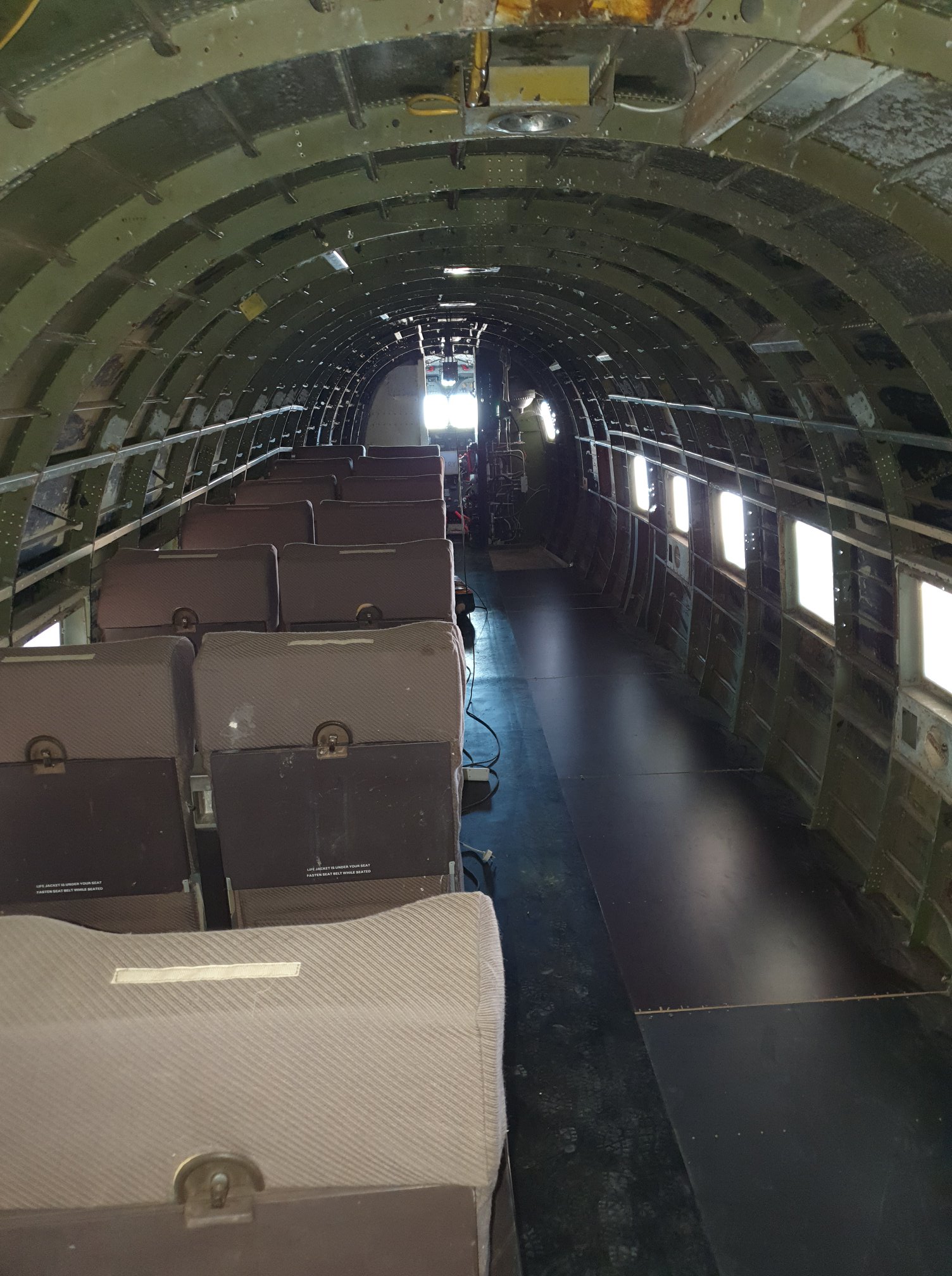
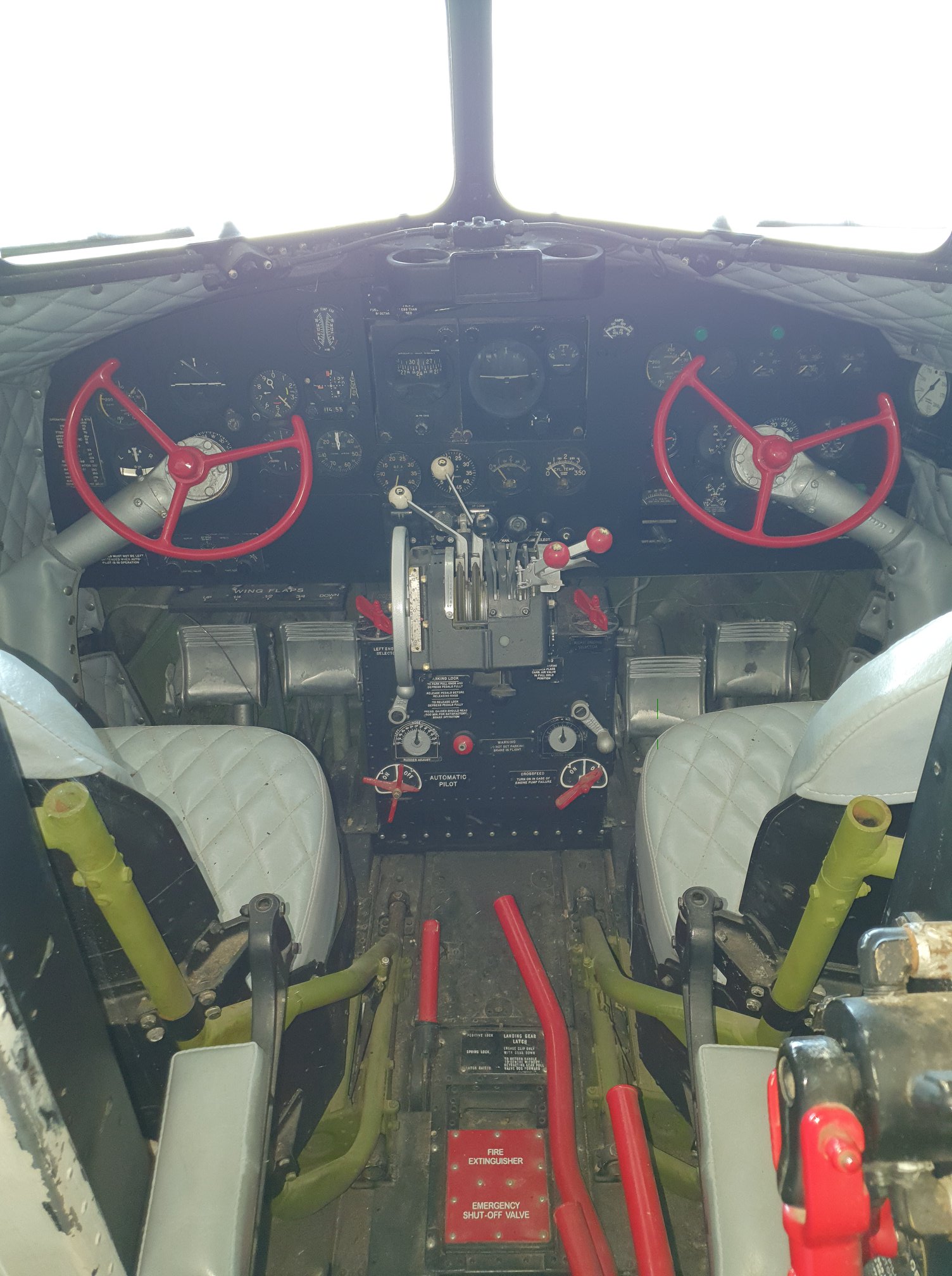
As of 2020, the cockpit is fully restored, the engines work. Most recently, their efforts have been directed towards finishing and reattaching the outer wing panels. In February of this year, they successfully managed to mount the left panel, using a 1942 Blitz truck to help with the effort! Ash Morgan noted, “There was not too much work done internally on the wing, but a lot of work was undertaken to get the old paint off and prepped for new paint. We added a New Old Stock wingtip, as the old tip was very rough and needed to be replaced. The right wing will hopefully be attached sometime this year.”
This is a marvelous development, and we look forwards to when the Morgans have the aircraft returned to her full form again in the coming years
Click HERE to see a video of a 2016 engine startup and some close ups of the interior.
Click HERE to see additional historical details about the aircraft, including photographs.
Many thanks to the Morgans, and especially to Phil Buckley for bringing us this story!







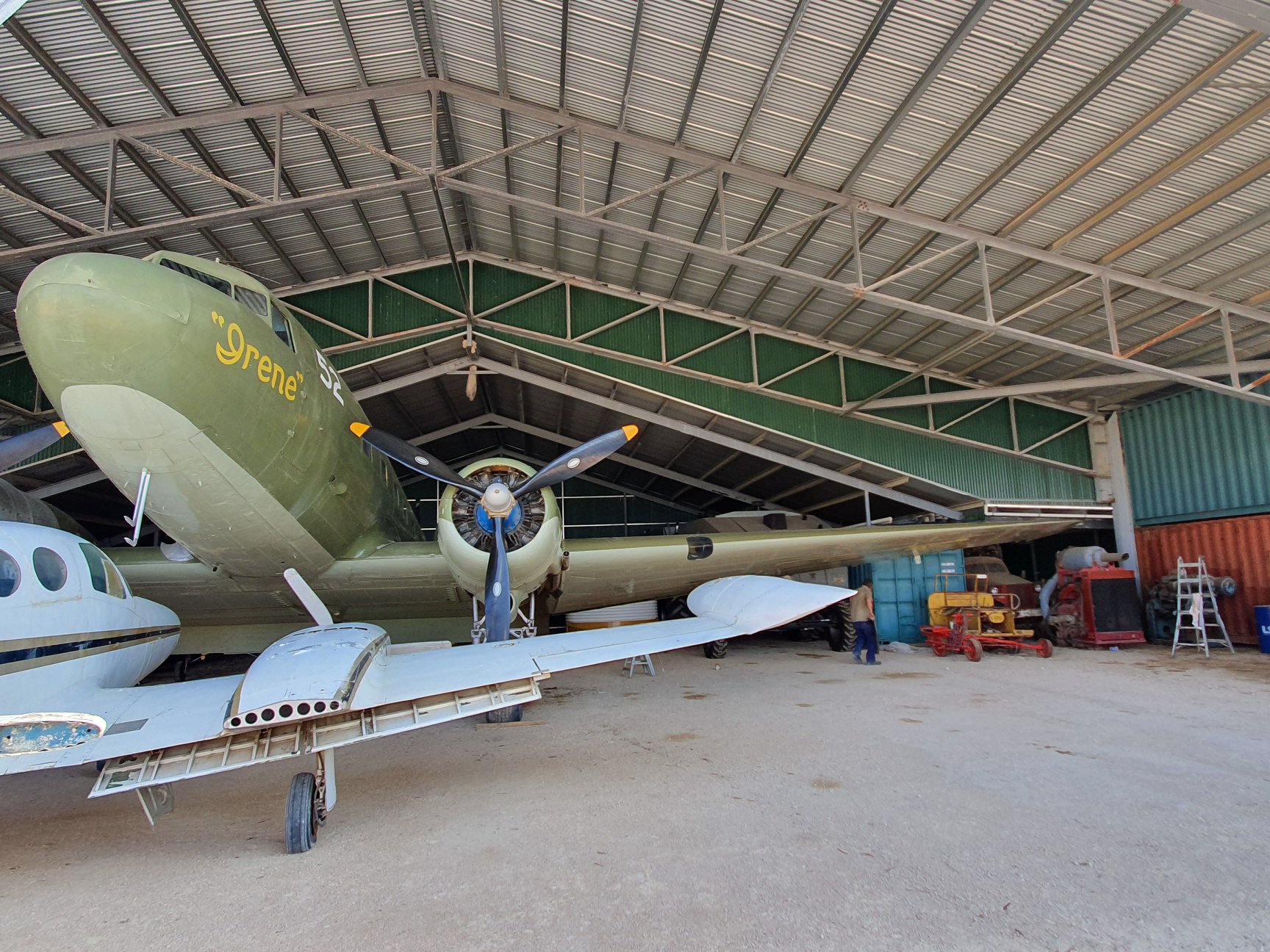

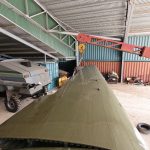
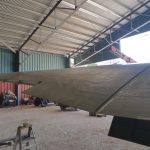
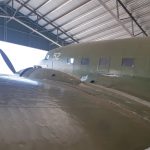
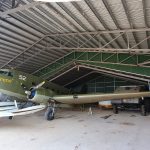
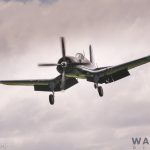
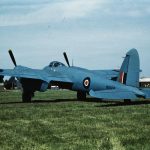
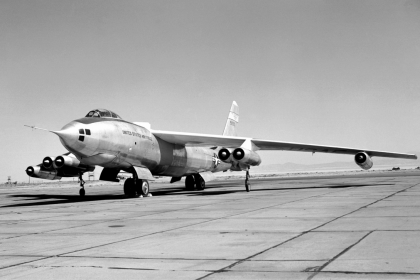
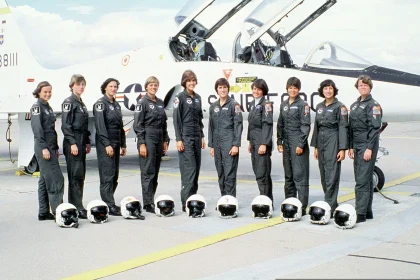
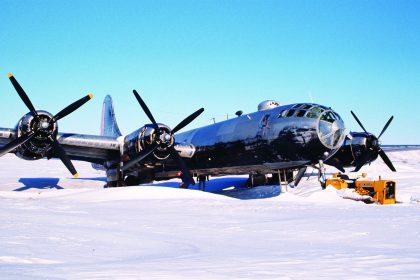
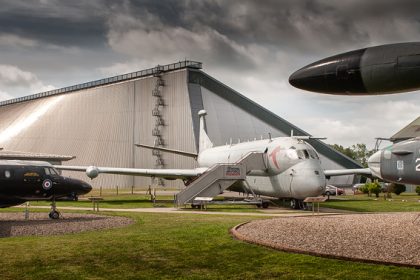
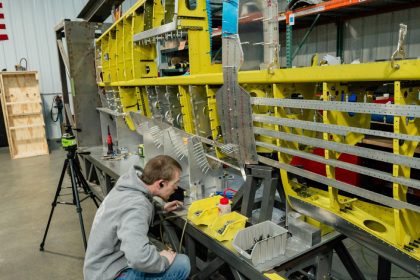
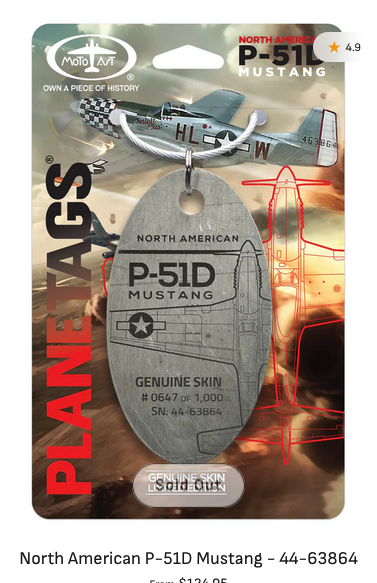
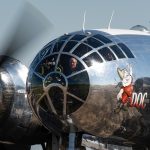
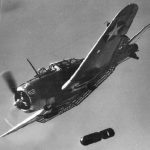
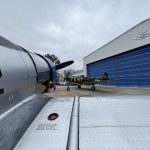
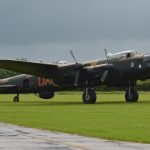
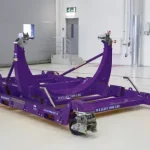



Dear warbirdsnews.com owner, You always provide great examples and real-world applications, thank you for your valuable contributions.